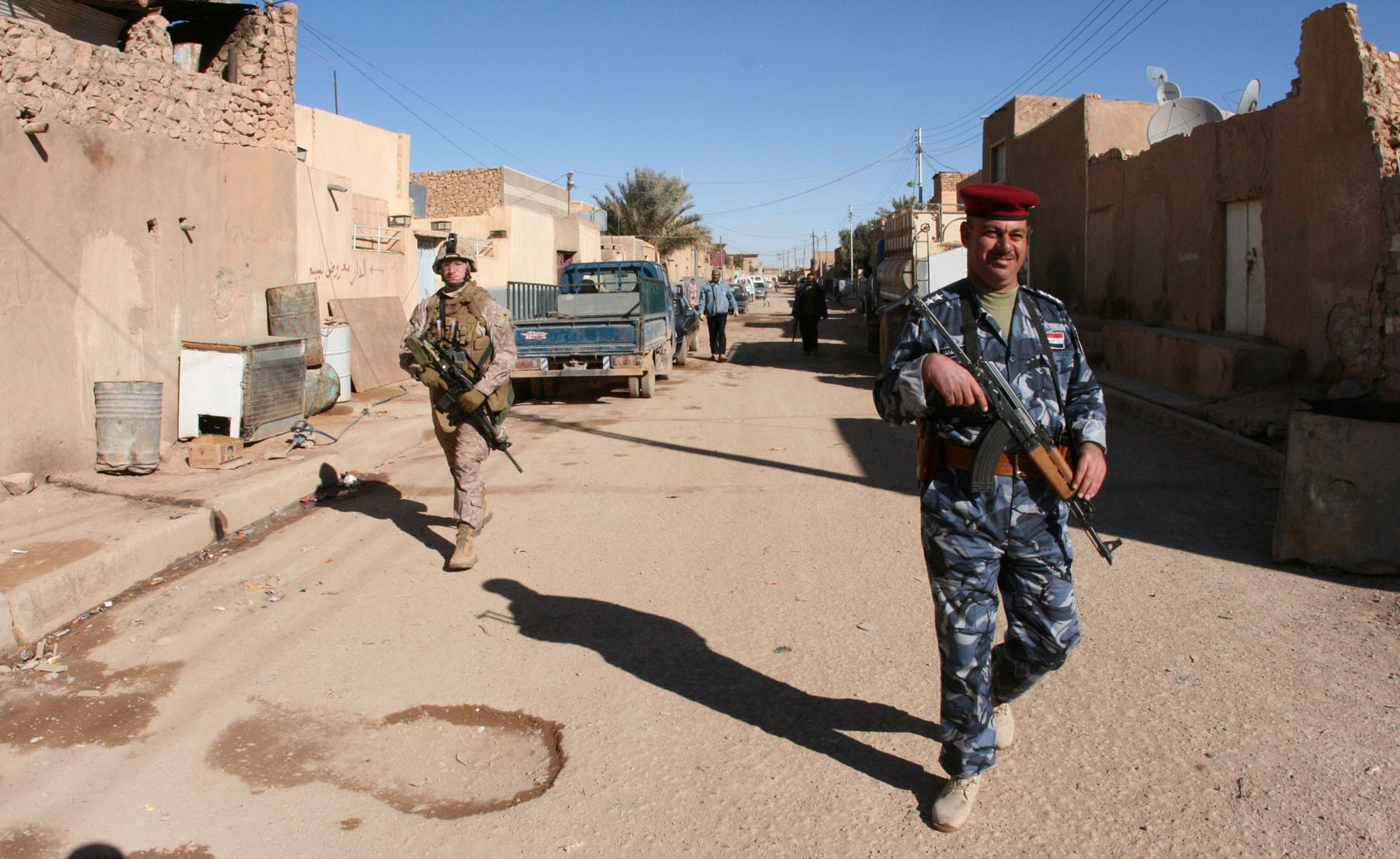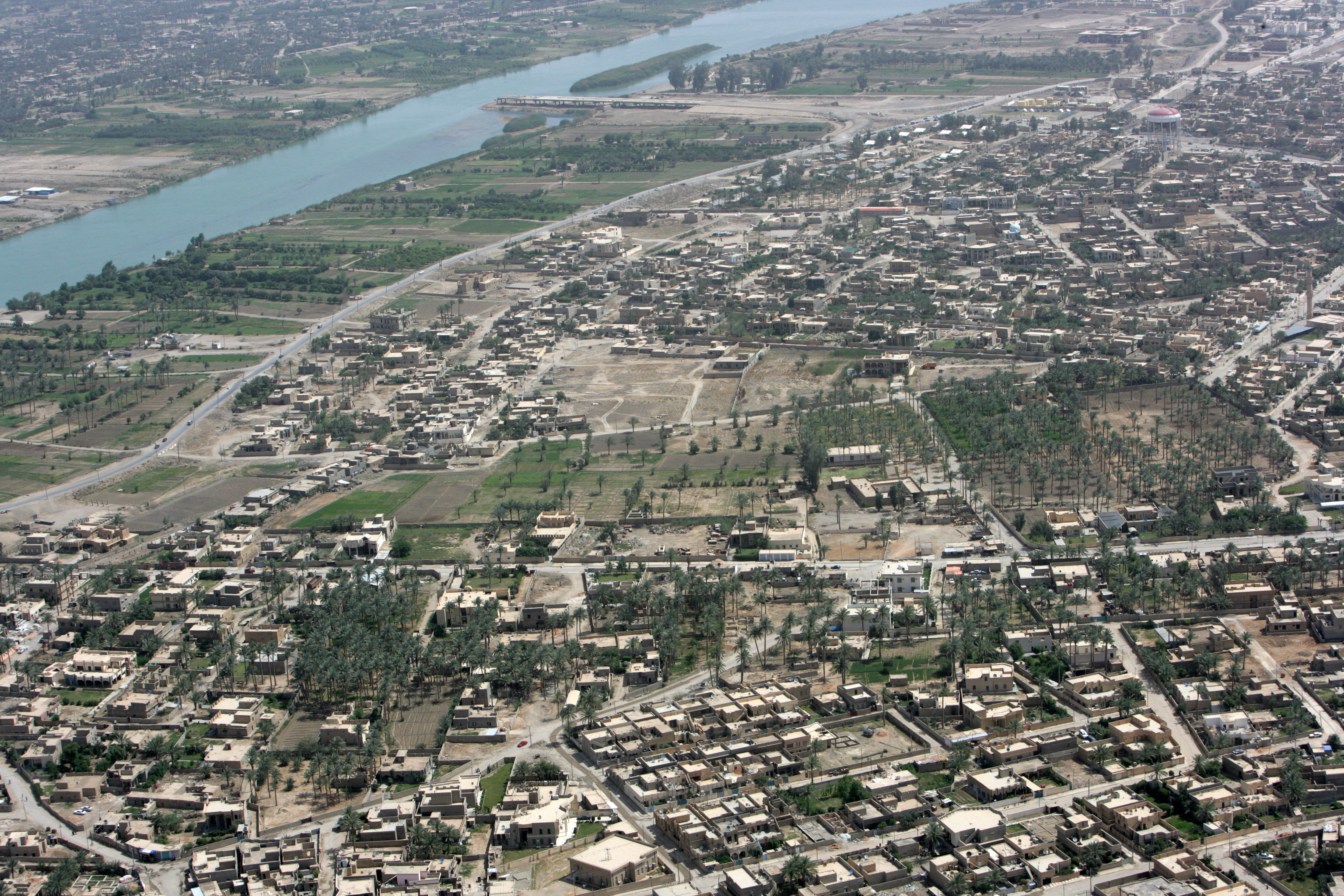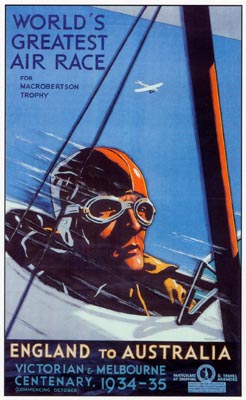|
Rutba
Ar-Rutbah ( ar, الرطبة ''ar-Ruṭba'', also Romanized ''Rutba'', ''Rutbah'') is an Iraqi town in western Al Anbar province, completely inhabited with Sunni Muslims. The population is approximately 28,400. It occupies a strategic location on the Amman–Baghdad road, and the Kirkuk–Haifa oil pipeline. Considered a "wet spot", it receives 114.3 mm (4.5 inches) of rain annually, and is located on a high plateau. It has been described as "the most isolated town of any size in Iraq." Ar-Rutbah began as a rest stop for Imperial Airways flights in the early 20th century, and also served as a water stop for the Nairn Transport Company. In December 1934, sixteen kilometers south of Ar-Rutbah, the famous Dutch plane ''Uiver'' crashed, with all onboard killed. During the Anglo-Iraqi War in 1941, Ar-Rutbah was the Assault on Rutbah Fort (1941), site of a clash between British forces, including the Arab Legion, and forces loyal to Rashid Ali al-Gaylani. History British admini ... [...More Info...] [...Related Items...] OR: [Wikipedia] [Google] [Baidu] |
Assault On Rutbah Fort (1941)
The Assault on Rutbah Fort was fought during the Anglo-Iraqi War between British and Transjordanian forces and Iraqi forces loyal to Rashid Ali. Background On 1 May 1941, forces loyal to Rashid Ali occupied the fort at Rutbah. An advanced party from Habforce was dispatched to combat them. Conflict On 8 May 1941, a column of the Arab Legion, under Glubb Pasha, reached the fort at Rutbah. They picketed the ground surrounding the fort, to wait for the impending Royal Air Force bombardment. The fort was defended by approximately 100 policemen, the majority of which were Iraqi Desert Police. The H4-based Blenheims of No. 203 Squadron RAF arrived and bombed the fort, and thinking that the fort had surrendered, left. The fort did not surrender and the RAF returned twice that day to bomb the fort without success. The next day, the RAF continued to bomb the fort at intermittent intervals. One plane sustained such heavy small-arms fire that it crashed on the way back to the airfield, k ... [...More Info...] [...Related Items...] OR: [Wikipedia] [Google] [Baidu] |
Anglo-Iraqi War
The Anglo-Iraqi War was a British-led Allied military campaign during the Second World War against the Kingdom of Iraq under Rashid Gaylani, who had seized power in the 1941 Iraqi coup d'état, with assistance from Germany and Italy. The campaign resulted in the downfall of Gaylani's government, the re-occupation of Iraq by the British, and the return to power of the Regent of Iraq, Prince 'Abd al-Ilah, a British ally. Background Mandatory Iraq The Kingdom of Iraq (also referred to as Mesopotamia) was governed by Great Britain under a League of Nations mandate, the British Mandate of Mesopotamia, until 1932 when Iraq became nominally independent. Before granting independence, Britain concluded the Anglo-Iraqi Treaty of 1930. The treaty included permission to establish military bases for British use and provide the facilities for the unrestricted movement of British forces through the country, upon request to the Iraqi government. The conditions of the treaty were impos ... [...More Info...] [...Related Items...] OR: [Wikipedia] [Google] [Baidu] |
Ar-Rutba District
Ar-Rutba District ( ar, قضاء الرطبة) is the largest district by area in Al Anbar Governorate, Iraq, covering 93,445 km2, and the least populated in relative and absolute terms, with a population of 24,813 (estimate January 2003), or 0.27 per km2. It is also the southernmost district of Al Anbar Governorate, the westernmost of the whole country, and the only district nationwide bordering Jordan. It is centred on the town of Ar-Rutba. Cities * Al Waleed (Al Walid) * Ar-Rutbah * Nukhayb * Trebil * Akashat Akashat ( ar, عكاشات) is a small town in the northwest of the Ar-Rutba District of the Al Anbar province of Iraq, on the road between the towns of Ar-Rutbah and Al-Qa'im. It has a population of around 5,000. It was built as an industria ... * Al Habbariyah * Al Kasrah References Districts of Al Anbar Governorate {{Iraq-geo-stub ... [...More Info...] [...Related Items...] OR: [Wikipedia] [Google] [Baidu] |
Al Anbar Governorate
Al Anbar Governorate ( ar, محافظة الأنبار; ''muḥāfaẓat al-’Anbār''), or Anbar Province, is the largest governorate in Iraq by area. Encompassing much of the country's western territory, it shares borders with Syria, Jordan, and Saudi Arabia. The population is mostly Sunni Muslims. The provincial capital is Ramadi; other important cities include Fallujah and Al-Qa'im. The governorate was known as Ramadi up to 1976 when it was renamed Al Anbar Province, and it was known as Dulaim before 1962. A large majority of the inhabitants of the province are Sunni Muslims and most belong to the Dulaim tribe, all of which speak Arabic. In early 2014, the Islamic State, with the assistance of some local Sunni militias, launched a successful campaign to seize control of the province from the Iraqi government. Numerous offensive actions were undertaken by the Iraqi government, with the assistance of local Sunni tribes to remove ISIL's occupation of the province, especial ... [...More Info...] [...Related Items...] OR: [Wikipedia] [Google] [Baidu] |
Al Anbar
Al Anbar Governorate ( ar, محافظة الأنبار; ''muḥāfaẓat al-’Anbār''), or Anbar Province, is the largest governorate in Iraq by area. Encompassing much of the country's western territory, it shares borders with Syria, Jordan, and Saudi Arabia. The population is mostly Sunni Muslims. The provincial capital is Ramadi; other important cities include Fallujah and Al-Qa'im. The governorate was known as Ramadi up to 1976 when it was renamed Al Anbar Province, and it was known as Dulaim before 1962. A large majority of the inhabitants of the province are Sunni Muslims and most belong to the Dulaim tribe, all of which speak Arabic. In early 2014, the Islamic State, with the assistance of some local Sunni militias, launched a successful campaign to seize control of the province from the Iraqi government. Numerous offensive actions were undertaken by the Iraqi government, with the assistance of local Sunni tribes to remove ISIL's occupation of the province, especially ... [...More Info...] [...Related Items...] OR: [Wikipedia] [Google] [Baidu] |
Douglas DC-2
The Douglas DC-2 is a 14-passenger, twin-engined airliner that was produced by the American company Douglas Aircraft Company starting in 1934. It competed with the Boeing 247. In 1935, Douglas produced a larger version called the DC-3, which became one of the most successful aircraft in history. Design and development In the early 1930s, fears about the safety of wooden aircraft structures drove the US aviation industry to develop all-metal airliners. United Airlines had exclusive right to the all metal twin-engine Boeing 247; rival TWA issued a specification for an all-metal trimotor. The Douglas response was more radical. When it flew on July 1, 1933, the prototype DC-1 had a robust tapered wing, retractable landing gear, and two 690 hp (515 kW) Wright radial engines driving variable-pitch propellers. It seated 12 passengers. Douglas test pilot Carl Cover flew the first test flight on May 11, 1934, of the DC-2 which was longer than the DC-1, had more powerful en ... [...More Info...] [...Related Items...] OR: [Wikipedia] [Google] [Baidu] |
Nairn Transport Company
The Nairn Transport Company was a pioneering motor transport company that operated a trans-desert route from Beirut, Haifa and Damascus to Baghdad, and back again, from 1923. Their route became known as "The Nairn Way". The firm continued, in various guises, until 1959. Origins The company was formed by Norman Nairn (1894–1968) and his brother Gerald (1897–1980) of Blenheim, New Zealand who had served under Allenby in the British Army in the Middle East during World War I. In 1905, their doctor father had been one of the first in New Zealand to own a motor car, a Reo, and the brothers had a successful motorcycle dealership there prior to World War I.The Nairn Way by John M. Munro and Martin Love in ''Saudi Aramco World'', July/August 1981, Vol. 32, No. 4. Retrieved 28 April 2014. Among other brands, they were ... [...More Info...] [...Related Items...] OR: [Wikipedia] [Google] [Baidu] |
MacRobertson Air Race
The MacRobertson Trophy Air Race (also known as the London to Melbourne Air Race) took place in October 1934 as part of the Melbourne Centenary celebrations. The race was devised by the Lord Mayor of Melbourne, Sir Harold Gengoult Smith, and the prize money of £15,000 was provided by Sir Macpherson Robertson, a wealthy Australian confectionery manufacturer, on the conditions that the race be named after his MacRobertson confectionery company, and that it was organised to be as safe as possible. A further condition was that a gold medal be awarded to each pilot who completed the course within 16 days. The race was organised by an Air Race Committee, with representatives from the Australian government, aviation, and Melbourne Centenary authorities. The Royal Aero Club oversaw the event. The race ran from RAF Mildenhall in East Anglia to Flemington Racecourse, Melbourne, approximately . There were five compulsory stops, at Baghdad, Allahabad, Singapore, Darwin, and Charleville, ... [...More Info...] [...Related Items...] OR: [Wikipedia] [Google] [Baidu] |
List Of Sovereign States
The following is a list providing an overview of sovereign states around the world with information on their status and recognition of their sovereignty. The 206 listed states can be divided into three categories based on membership within the United Nations System: 193 UN member states, 2 UN General Assembly non-member observer states, and 11 other states. The ''sovereignty dispute'' column indicates states having undisputed sovereignty (188 states, of which there are 187 UN member states and 1 UN General Assembly non-member observer state), states having disputed sovereignty (16 states, of which there are 6 UN member states, 1 UN General Assembly non-member observer state, and 9 de facto states), and states having a special political status (2 states, both in free association with New Zealand). Compiling a list such as this can be a complicated and controversial process, as there is no definition that is binding on all the members of the community of nations concerni ... [...More Info...] [...Related Items...] OR: [Wikipedia] [Google] [Baidu] |
Mary Bruins Allison
Mary Bruins Allison (March 19, 1903 – September 15, 1994) was one of the first American women to be trained in medicine in the United States to worked as a missionary physician in Arabia. While attending medical college in Philadelphia, she learned Arabic. In 1934, she went to the Middle East to work as a missionary physician. In her forty-year long career, she worked primarily in Kuwait, as well as India, Qatar, Bahrain and Oman. In her capacity in Kuwait, she treated rich and poor women. To be successful, she had to overcome a number of obstacles, including limited trained medical staff, insufficient medical resources, as well as barriers due to cultural, lingual and religious differences. She made significant contributions in establishing modern medical care in the countries where she worked; Allison was asked by the rulers of Bahrain and Oman to help establish hospitals in their countries. She returned to the United States in 1975. Early life and education On March 19, 19 ... [...More Info...] [...Related Items...] OR: [Wikipedia] [Google] [Baidu] |
Francis Chichester
Sir Francis Charles Chichester KBE (17 September 1901 – 26 August 1972) was a British businessman, pioneering aviator and solo sailor. He was knighted by Queen Elizabeth II for becoming the first person to sail single-handed around the world by the clipper route and the fastest circumnavigator, in nine months and one day overall in 1966–67. Biography Early life Chichester was born in the rectory at Shirwell near Barnstaple in Devon, England, the son of a Church of England clergyman, Charles Chichester, himself the seventh son of Sir Arthur Chichester, 8th Baronet. His mother was Emily Annie, daughter of Samuel Page. At the age of six he was sent as a boarder to The Old Ride Preparatory School for boys, then attended Marlborough College during World War I. At the age of eighteen Chichester emigrated to New Zealand where in ten years he built up a prosperous business in forestry, mining and property development, only to suffer severe losses in the Great Depression. Aviat ... [...More Info...] [...Related Items...] OR: [Wikipedia] [Google] [Baidu] |
New Zealand
New Zealand ( mi, Aotearoa ) is an island country in the southwestern Pacific Ocean. It consists of two main landmasses—the North Island () and the South Island ()—and over 700 smaller islands. It is the sixth-largest island country by area, covering . New Zealand is about east of Australia across the Tasman Sea and south of the islands of New Caledonia, Fiji, and Tonga. The country's varied topography and sharp mountain peaks, including the Southern Alps, owe much to tectonic uplift and volcanic eruptions. New Zealand's capital city is Wellington, and its most populous city is Auckland. The islands of New Zealand were the last large habitable land to be settled by humans. Between about 1280 and 1350, Polynesians began to settle in the islands and then developed a distinctive Māori culture. In 1642, the Dutch explorer Abel Tasman became the first European to sight and record New Zealand. In 1840, representatives of the United Kingdom and Māori chiefs ... [...More Info...] [...Related Items...] OR: [Wikipedia] [Google] [Baidu] |







.jpg)
